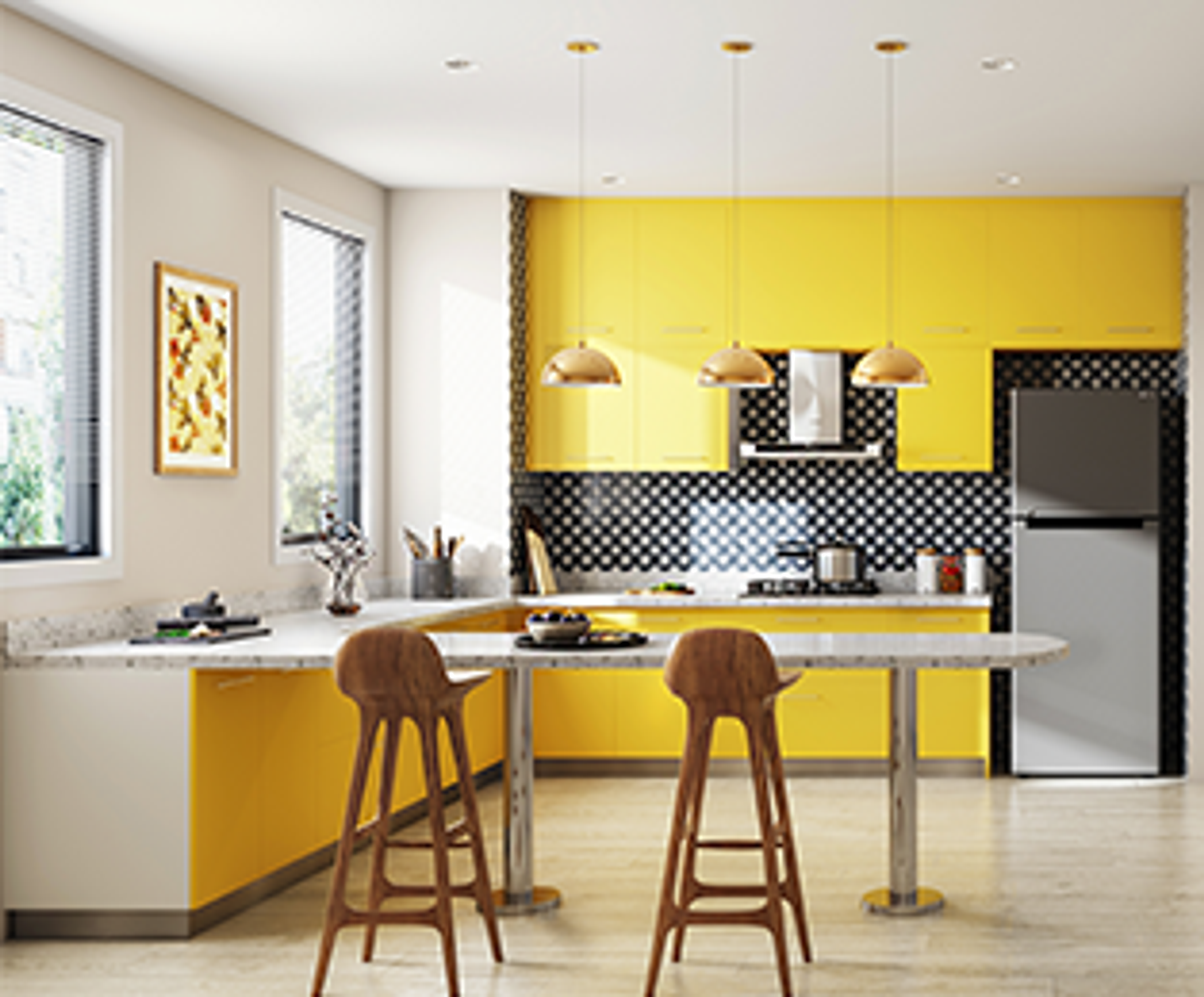Change Your Home With Vital Concepts of Interior Decoration and Aesthetic Appeals
The art of changing your home through the necessary principles of interior decoration and visual appeal needs a thoughtful strategy that harmonizes shade, balance, and spatial understanding. By comprehending the effect of color concept and the importance of appearance and patterns, one can produce rooms that are not just aesthetically enticing but also deeply personal. Accomplishing this balance includes even more than plain decor; it incorporates a calculated setup and an eager understanding of just how each element interacts within a space. As we check out these foundational ideas, take into consideration exactly how they could redefine your understanding of home and personal expression.
Comprehending Color Concept
Recognizing the principles of color concept permits developers to create rooms that reverberate emotionally with passengers while meeting functional demands. Each classification plays an essential duty in establishing consistency within an area.
The emotional impact of shades is profound; warm shades such as reds and oranges stimulate power and warmth, while cool tones like blues and eco-friendlies advertise calmness and harmony. The use of corresponding shades boosts aesthetic passion, creating striking contrasts that can raise a room's charm.
Neutral colors, on the other hand, work as a versatile background, enabling other design elements to beam. It is necessary to think about elements such as lights and the space's function when choosing a color combination, as these can alter the assumption of shades throughout the day.
Ultimately, a well-considered color design can change a room, promoting a sense of comfort and style that lines up with the citizens' preferences. Proficiency of shade concept is, therefore, an important skill for any indoor developer aiming to develop harmonious and welcoming environments.
Achieving Equilibrium in Style
Just how can developers attain a feeling of equilibrium in their areas? Attaining equilibrium in design is essential to creating unified insides.
Asymmetrical equilibrium, on the other hand, counts on differing elements that still attain a cohesive look. This strategy allows for even more dynamic and informal arrangements, providing interest while maintaining balance. By thoroughly selecting varying dimensions, shades, and textures, designers can produce an aesthetically engaging room that really feels well balanced yet energised.
Radial equilibrium stresses a central centerpiece with aspects radiating outward. This style is commonly seen in round formats, where furniture and style develop a natural surround that attracts the eye internal.
Ultimately, attaining equilibrium calls for thoughtful consideration of range, percentage, and the connections between elements. miami luxury interior design. By masterfully applying these balance principles, developers can transform spaces right into atmospheres that really feel both visually pleasing and functionally unified, boosting the overall experience for owners
Relevance of Spatial Awareness

A keen sense of spatial awareness permits developers to recognize focal factors within a space, leading the audience's interest to vital attributes while preserving a general feeling of unity. It likewise helps in the tactical positioning of lighting, which can dramatically affect the understanding of space and state of mind. Understanding spatial connections enables the designer to provide to the details needs of residents, making sure that each area offers its intended objective without endangering aesthetics.
Ultimately, spatial recognition is essential for making best use of the capacity of any kind of interior room. By thoroughly thinking about the interaction in between measurements, format, and function, developers can develop atmospheres that not only meet sensible needs but additionally stimulate a sense of comfort and charm, boosting the total living experience.
Integrating Appearance and Patterns
Accepting a diverse series of appearances and patterns can significantly improve internet the visual and responsive appeal of an indoor area. The critical usage of different materials-- such as timber, metal, material, and stone-- develops depth and interest, making a space feel more inviting and vibrant. As an example, combining smooth surface areas with harsh textures can establish an equilibrium that attracts the eye and involves the senses.
When incorporating patterns, consider both range and repetition. Huge patterns can function as focal points, while smaller, subtle designs can match various other components without overwhelming the area. Layering patterns, such as pairing flower pillows with candy striped throws, adds intricacy and a feeling of harmony if carried out thoughtfully.
It is also essential to maintain a cohesive shade scheme, making certain that structures and patterns interact rather than compete for attention. By picking a couple of essential appearances and patterns, you can produce a merged aesthetic that mirrors your personal style while improving the general ambiance of the space. Ultimately, the mindful unification of these components can change a mundane area right into an innovative atmosphere rich with character and warmth.
Individualizing Your Space
Producing a room that reflects your character is important to achieving a really inviting setting. Customization in interior decoration permits you to infuse your special design and interests into your home, changing it from a mere shelter right into a haven that talks to who you are. Begin by choosing a color scheme that reverberates with your navigate to these guys feelings-- bold shades can energize, while soft tones offer tranquility.
Include art work and design that reflect your passions, whether it be travel, nature, or abstract concepts. Presenting individual collections, such as books, pictures, or souvenirs, can evoke valued memories and create centerpieces within an area. Additionally, think about personalizing useful pieces, like upholstered furnishings, to straighten with your aesthetic choices.

Final Thought
In conclusion, the transformation of a home through the vital concepts of interior layout and aesthetics necessitates a thorough understanding of color theory, balance, spatial awareness, structure, and customization. Each component adds significantly to producing an unified and practical living environment - miami luxury interior design. By thoughtfully integrating these principles, individuals can enhance the aesthetic charm and emotional vibration of their rooms, inevitably cultivating a home that shows one-of-a-kind identifications while supplying comfort and usefulness